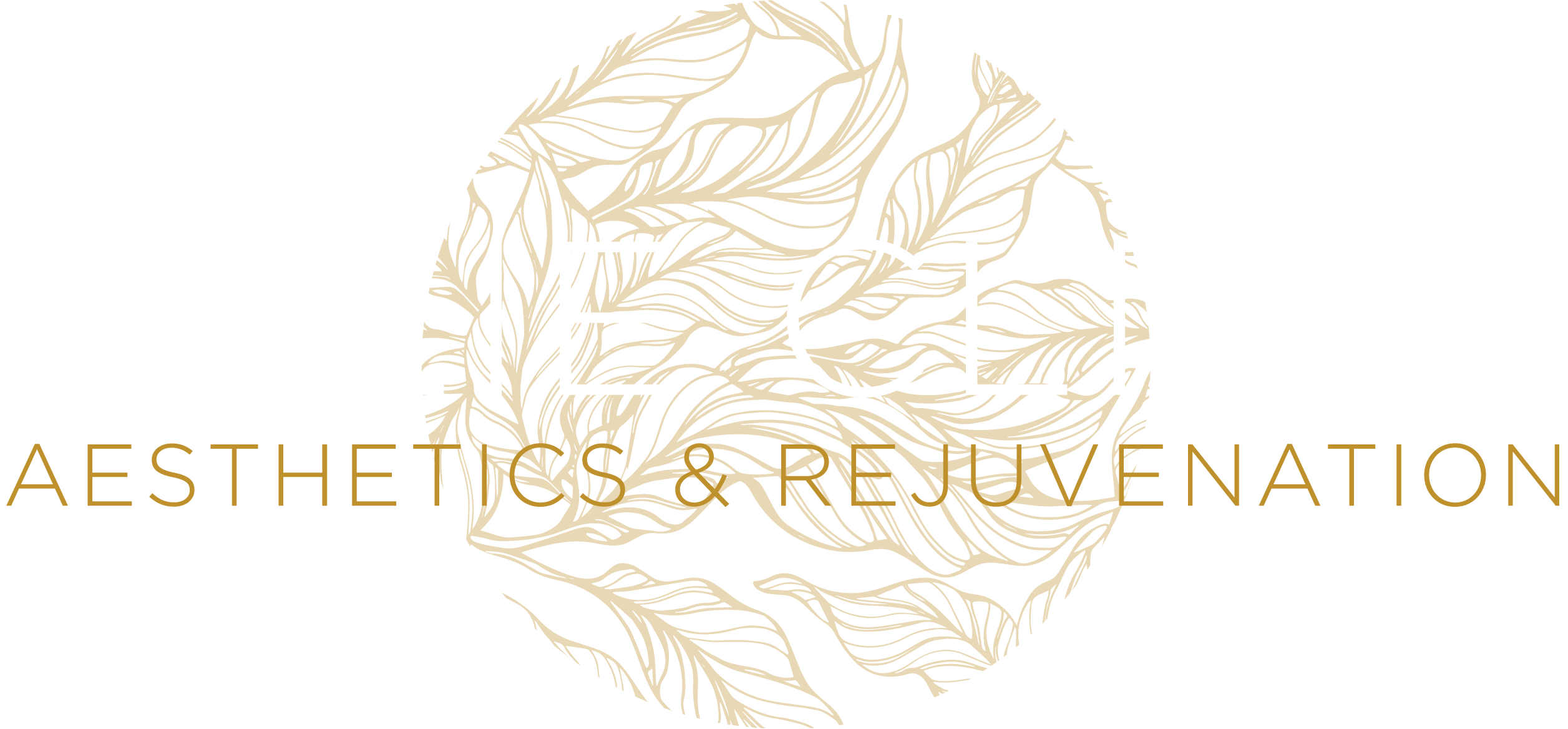Your skin is more than just a surface — it’s your body’s largest organ, and often the first to reflect what’s happening internally. If you’ve ever wondered why you’re suddenly breaking out, feeling dry and flaky, or seeing unusual pigmentation, your skin could be sending you signals about your health, hormones, or lifestyle.
Let’s decode some of the messages your skin might be sending you.
🧠 Stress and Cortisol: The Silent Skin Saboteur
Feeling overwhelmed or anxious? Your skin knows.
When you’re under stress, your body releases cortisol, a hormone that:
· Increases oil (sebum) production → breakouts
· Breaks down collagen → premature ageing
· Weakens your skin barrier → sensitivity or flare-ups
🔍 Look for: sudden acne around the jawline or temples, redness, or dull tone during high-stress weeks.
🍕 Diet and Digestion: Your Gut-Skin Connection
The saying “you are what you eat” is especially true for your skin.
· Sugar & processed carbs spike insulin, which can trigger acne.
· Dairy (especially skim milk) has been linked to hormonal breakouts in some people.
· Poor gut health or food intolerances can show up as eczema, rosacea, or puffiness.
🔍 Look for: persistent acne on cheeks or chin, flaky skin, or inflammation — especially after meals.
💧 Hydration & Nutrient Deficiencies
If your skin looks dull, crepey, or “tired,” you might be dehydrated — or low on key nutrients like:
· Omega-3s (from fatty fish or flax) – needed for plump, dewy skin.
· Zinc – essential for healing and controlling oil.
· Vitamin C – supports collagen and brightening.
· Iron/B12 – deficiencies can cause pale, thin skin or dark circles.
🔍 Look for: dry patches, crepey texture, or slower healing after breakouts or treatments.
🔄 Hormones and Your Skin’s Monthly Cycle
Hormones are a major driver behind your skin’s behaviour — especially for women.
· High testosterone (PCOS, for example) can increase oil and cystic acne.
· Estrogen decline (menopause) may cause thinner, sagging skin and dryness.
· Cortisol imbalance (from stress or burnout) worsens all of the above.
🔍 Look for: recurring breakouts during PMS, chin/jaw acne, or sudden dryness with age.
🌿 When Skin Is a Sign to Seek Help
Skin can sometimes be the first indicator of more serious conditions:
· Butterfly rash (across cheeks and nose) → possible lupus
· Velvety dark patches in body folds → may signal insulin resistance
· Yellowing → possible liver issues
· Chronic hives or rashes → autoimmune or allergy concerns
In these cases, your dermal symptoms may require support beyond the cosmetic.
✨ What You Can Do
Your skin thrives when your internal health is balanced. Here’s how to support both:
1. Hydrate – Aim for 2–3L of water daily.
2. Nourish – Prioritise whole foods, good fats, and antioxidant-rich veggies.
3. Balance hormones – Support adrenal health with sleep, stress management, and regular movement.
4. Don’t skip skincare – Invest in quality products that nourish and protect the skin barrier.
5. Professional guidance – Treatments like LED, enzyme peels, or lymphatic massage can help reduce inflammation and stimulate repair.
💬 Final Thoughts
Healthy skin is more than a goal — it’s a reflection of your overall wellbeing. By tuning in to what your skin is trying to tell you, you can address issues at the root and achieve results that go beyond the surface.

